What if after embarking on a plumbing remodel only to discover that your dream project violates local building codes? It’s a frustrating scenario that many homeowners face, but understanding these codes can save time, money, and headaches. Building codes are designed not just to ensure safety but also to maintain the integrity of plumbing systems in homes and businesses alike.
Navigating the world of plumbing remodels requires more than just a vision; it demands knowledge of the regulations that govern installations and repairs. Each region has its own set of rules, and being informed can make all the difference in a successful project. This article will delve into the essentials of building codes for plumbing remodels, offering insights that can empower homeowners and contractors to tackle their projects with confidence and clarity.
What are Building Codes?
Building codes encompass a set of regulations that govern construction standards, including plumbing installations and modifications. These codes ensure safety, prevent system failures, and protect public health within dwellings and commercial spaces. Understanding these codes is essential for homeowners and contractors alike.
Local jurisdictions typically enforce building codes, and these regulations can differ significantly by state or city. Key areas of focus include:
- Safety Standards: Codes address the materials and methods used in plumbing. They set criteria for pipe quality, fixture installation, and venting.
- Permits and Inspections: Most remodeling projects require permits. Inspections occur to verify compliance with local codes, ensuring proper installation and safety.
- Accessibility Requirements: For commercial properties, codes often mandate certain accessibility standards. This includes the installation of accessible plumbing fixtures for individuals with disabilities.
- Water Efficiency: Building codes promote water conservation. Regulations may include requirements for low-flow fixtures and proper drainage systems.
- Seismic and Wind Considerations: In areas susceptible to natural disasters, codes include provisions for plumbing systems that can endure seismic activity or high winds.
Adhering to these codes not only fulfills legal obligations but also ensures the longevity and functionality of plumbing systems. Non-compliance may lead to project delays, fines, or unsafe conditions, making it crucial for homeowners and contractors to prioritize these regulations in all plumbing remodels.
Importance of Understanding Building Codes
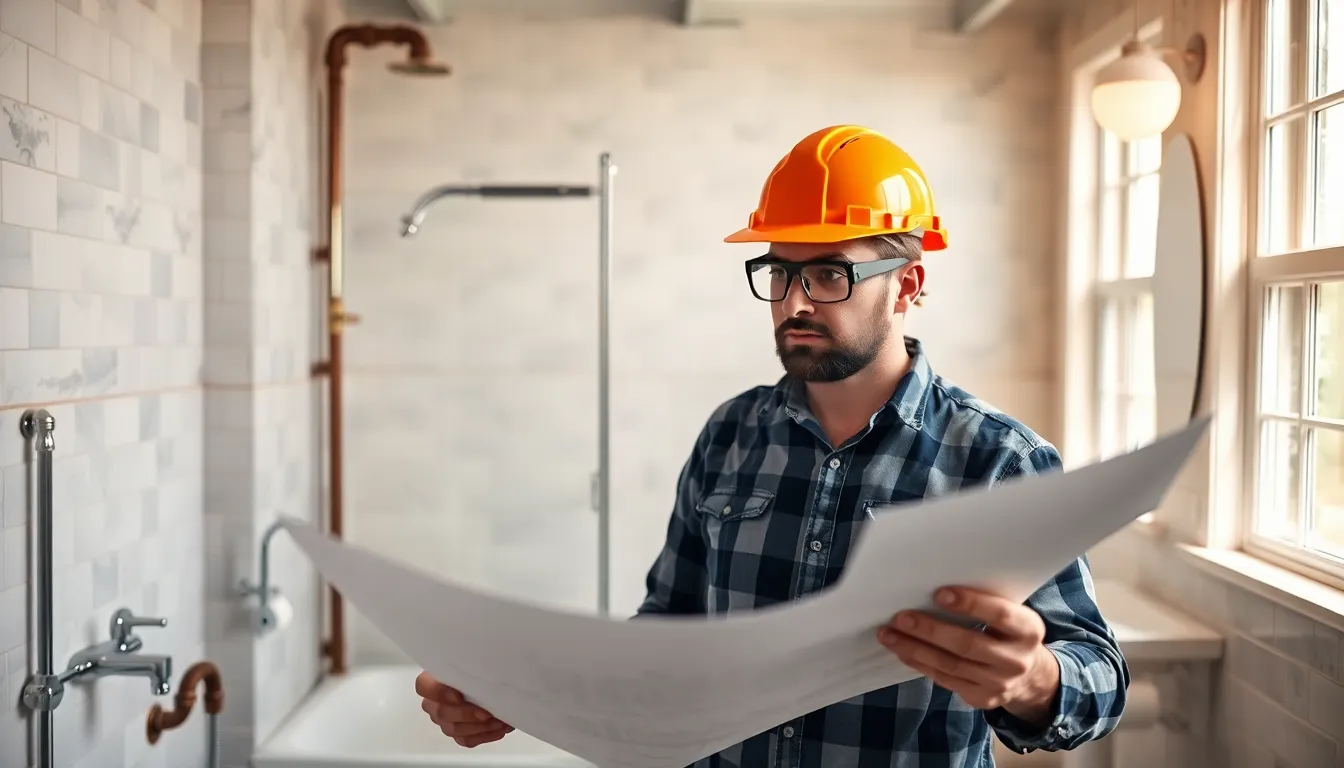
Understanding building codes is essential during plumbing remodels. These regulations ensure safety and maintain the integrity of plumbing systems, promoting long-lasting and effective installations.
Safety Considerations
Safety considerations form a cornerstone of building codes. Codes set standards for materials used in plumbing, ensuring they’re durable and non-toxic. They dictate proper installation techniques to prevent leaks or failures that could lead to hazardous conditions. By following these codes, homeowners and contractors minimize risks associated with plumbing systems, including potential water damage and health hazards.
Legal Compliance
Legal compliance is crucial in plumbing remodels. Local authorities enforce building codes, which vary widely across regions. Securing necessary permits and undergoing mandated inspections guarantee that projects meet local regulations.
Compliance helps avoid fines and delays, ensuring that plumbing work aligns with legal requirements. Following these stipulations ultimately protects the homeowner’s investment and offers peace of mind regarding the safety and functionality of the plumbing system.
Key Components of Plumbing Codes
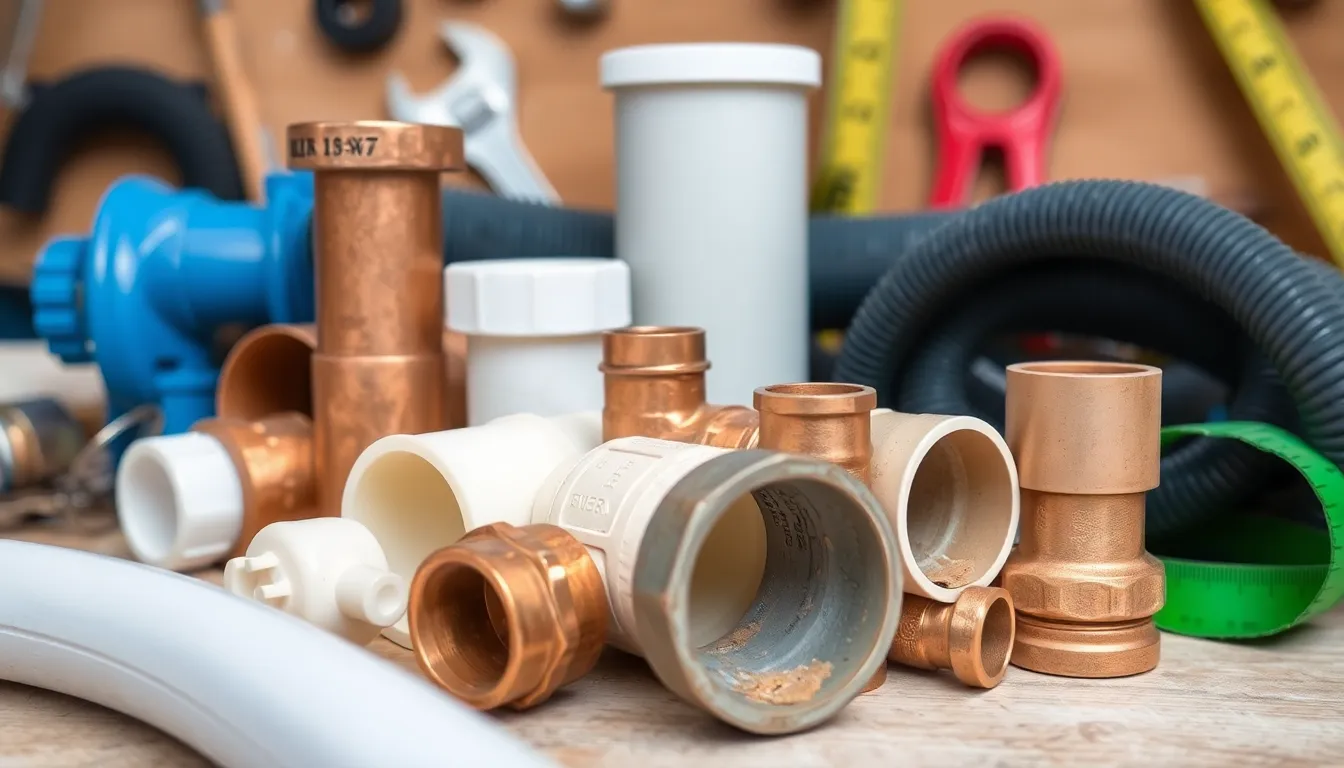
Understanding plumbing codes requires familiarity with critical components that shape safety and functionality. These components establish standards for materials, installation techniques, and overall system performance.
Material Standards
Material standards dictate the types of materials acceptable for plumbing systems. Durable and non-toxic materials ensure safe and long-lasting installations. For example, PVC, copper, and PEX are commonly used materials that meet prevailing code requirements. Local codes may specify particular grades or types of these materials, emphasizing their suitability for various plumbing applications. Compliance with these standards prevents leaks, corrosion, and other issues, which could compromise the plumbing system’s integrity.
Installation Requirements
Installation requirements encompass protocols for properly setting up plumbing systems. These guidelines ensure optimal functioning and safety for both residential and commercial properties. For instance, proper venting is essential for effective drainage and preventing sewer gases from entering living spaces. Significantly, codes mandate securing permits and scheduling inspections to validate that all work aligns with local regulations. Non-compliance not only poses risks but could also result in costly fines or project rework, underscoring the importance of adhering to installation guidelines.
Process of Navigating Building Codes
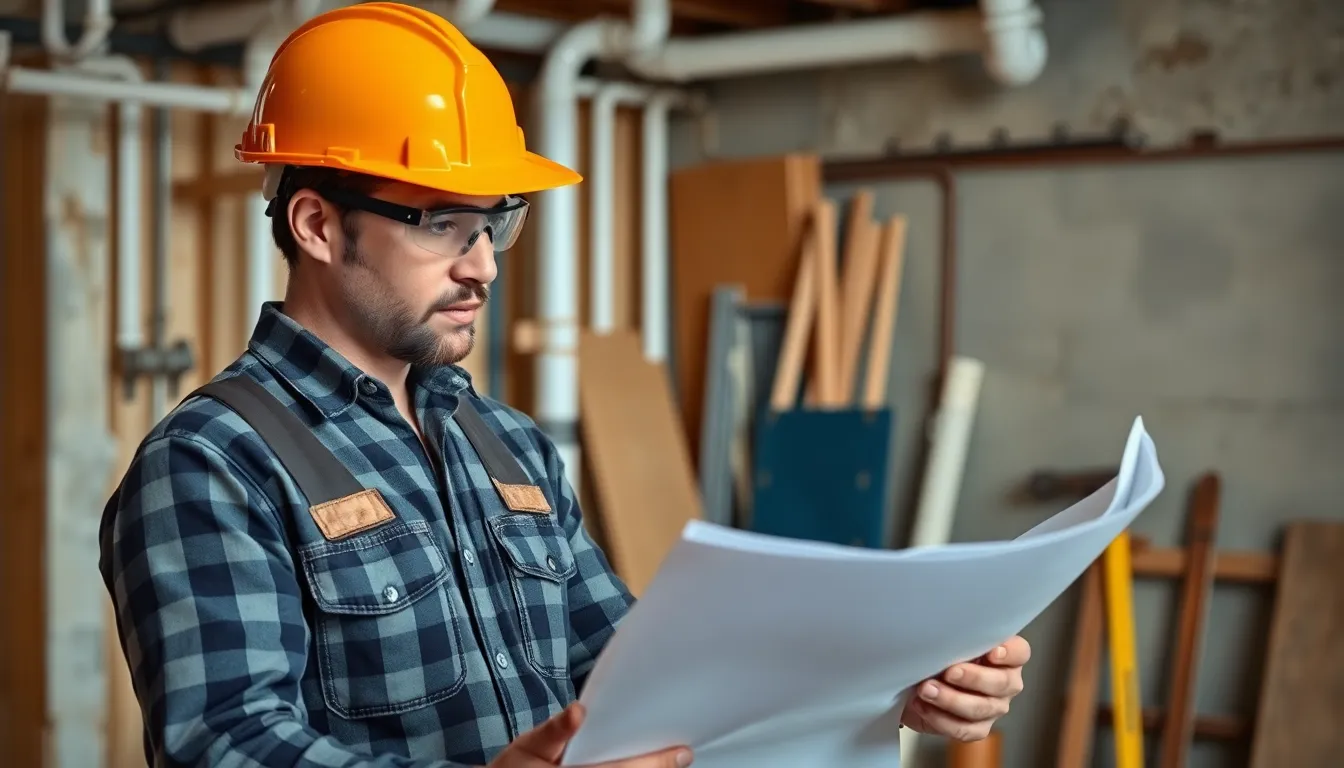
Understanding the process of navigating building codes is crucial for successful plumbing remodels. Compliance with these codes ensures safety, system integrity, and legal adherence during renovations.
Researching Local Regulations
Researching local regulations involves identifying specific codes that apply to plumbing projects. Homeowners need to consult local building departments or official websites for up-to-date information. Many jurisdictions provide guidelines, documentation, and resources concerning plumbing installations. This research should cover material standards, installation requirements, and any changes to existing codes.
Understanding common stipulations, such as minimum pipe sizes, venting procedures, and fixture placements, helps avoid missteps during remodels. Local regulations may differ significantly; thus, knowledge of regional variances is essential for compliance.
Applying for Permits
Applying for permits is a vital step in the remodeling process. Homeowners must submit an application to the local building authority, including detailed plans of the proposed plumbing work. Submittals often require information on materials, fixture types, and schematic diagrams illustrating system layouts. Permit fees, which vary by jurisdiction, usually apply during this process.
After submission, a review by inspectors will determine compliance with local codes. Obtaining necessary permits not only ensures legality but also protects homeowners from fines or the need for costly changes later in the project. Following this process helps maintain project timelines and safeguards the integrity of the work.
Common Challenges in Plumbing Remodels
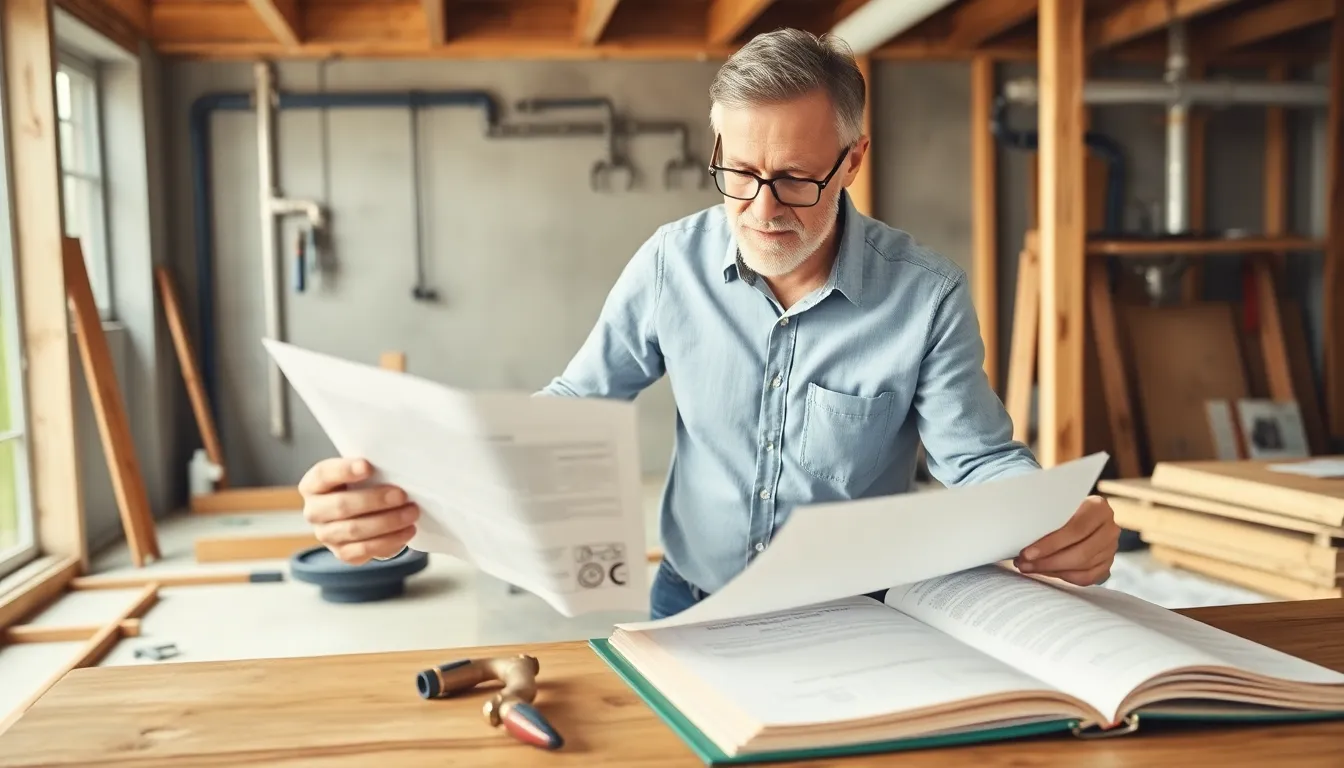
Plumbing remodels present several challenges that homeowners must navigate, particularly concerning building codes. Awareness of these challenges aids in avoiding costly errors and ensures compliance with regulations.
Dealing with Inspections
Passing inspections is crucial for plumbing remodels. Local building authorities conduct inspections to ensure work meets code requirements. Homeowners must prepare by having all necessary documentation on hand, such as plans and permit approvals.
Timeliness is essential; scheduling inspections promptly can prevent project delays. During inspections, plumbing systems are assessed for safety and compliance, and inspectors may request modifications if they find issues. Understanding inspection processes ahead of time enables homeowners to address potential concerns proactively.
Understanding Code Violations
Code violations pose significant risks for plumbing remodels. Common violations include using non-compliant materials, neglecting to obtain permits, and failing to adhere to installation guidelines. Homeowners should familiarize themselves with specific local codes to avoid these pitfalls.
Penalties for code violations can range from fines to mandated reconstruction of plumbing work. Addressing violations early minimizes the potential for costly rework or legal issues down the road. Homeowners should consult local building authorities for clarity on specific regulations and potential violations before starting their remodels.
Conclusion
Understanding building codes is vital for anyone considering a plumbing remodel. By adhering to these regulations, homeowners can ensure their projects are safe and compliant. This not only protects their investment but also enhances the overall functionality of their plumbing systems.
Navigating local codes may seem daunting, but thorough research and proper planning make the process manageable. Securing necessary permits and preparing for inspections are essential steps that help avoid costly delays and legal issues. Ultimately, a well-informed approach to building codes leads to successful remodeling outcomes, providing peace of mind and long-lasting results.
Frequently Asked Questions
Why are local building codes important for plumbing remodels?
Local building codes ensure safety, prevent system failures, and protect public health. They regulate construction standards for plumbing installations, helping to maintain the integrity of your plumbing system throughout the remodeling process.
How can homeowners research building codes before a remodel?
Homeowners can research local building codes by visiting their local building department’s office or official website. This helps them understand current regulations on material standards, installation requirements, and any changes that may affect their remodeling project.
What are common components of plumbing codes?
Common components of plumbing codes include material standards (like acceptable types of pipes) and installation requirements (such as proper venting and the necessity for permits). These elements are crucial for ensuring safe and compliant plumbing systems.
What happens if I don’t obtain the necessary permits for a plumbing remodel?
Failing to obtain the necessary permits can lead to fines, delays, and potentially unsafe conditions. Permits are essential for legal compliance and protecting the integrity of your plumbing work, ensuring it meets local regulations.
How can I prepare for inspections during a plumbing remodel?
To prepare for inspections, homeowners should have all relevant documentation handy, including permits and project plans. Scheduling inspections promptly will help prevent delays and ensure compliance with local building codes.
What risks are associated with plumbing code violations?
Risks of plumbing code violations include hefty fines, mandated reconstruction, and unsafe plumbing installations. Non-compliance can also lead to project delays, stressing the importance of consulting local building authorities before starting any remodel.
